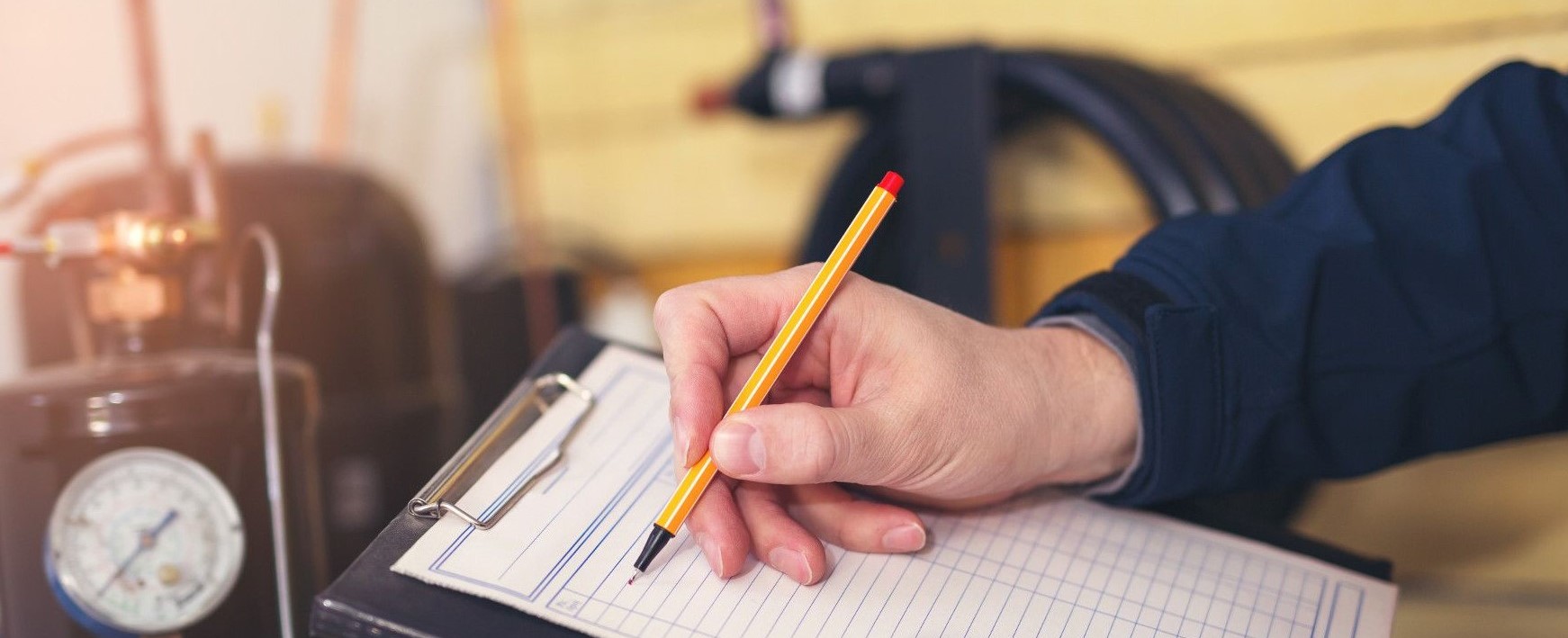Safely storing chemicals and compressed gas cylinders

Between chemicals for science labs, cleaning materials and compressed gas cylinders, several items in your schools need to be stored correctly. Rather than merely piling such materials haphazardly into a closet, it’s important to follow proper procedures. The following are safety protocols you should be following for these hazardous substances:
Chemicals for science labs
Not only do you keep students safe when you store chemicals correctly, but you also decrease your risk of causing damage to or destroying your science labs. Follow these guidelines:
- Store chemicals inside a closable cabinet or on a sturdy shelf with at least a ¾-inch lip to prevent spills.
- Secure shelving to the wall or floor.
- Ensure the storage areas have doors with locks, labeled for authorized personnel only.
- Chemical storage areas should be accessed only by the instructor.
- Ventilate storage areas appropriately.
- Take an inventory of all chemicals currently being stored and update it as chemicals change.
- Store chemicals by compatibility first, and not alphabetically.
- Any unused or old chemicals should be removed and properly disposed of.
- Store acids in an acid cabinet.
- Nitric acid should be stored in a separate compartment inside an acid cabinet.
- Store toxic chemicals in a lockable poison cabinet with a highly visible sign.
- Store flammable and combustible liquids in an approved flammable liquids cabinet.
Cleaning materials – The importance of safety data sheets
Safety data sheets (SDS) are documents in which chemical manufacturers provide all the necessary information you should know about that specific chemical or substance. Every chemical you use should have an SDS associated with it. If you’re not already implementing the following practices, you should start:
- Organize an inventory of SDS’s for each building and keep it up to date. There should be a way for employees to quickly reference those SDS’s, such as a binder or electronic database.
- All employees have a right to know the potential hazards associated with the materials they use. Pictograms are required on labels to alert users of the chemical hazards to which they may be exposed. SDS’s are required to be readily accessible to employees for all hazardous chemicals in their workplace.
- Employees who routinely use chemicals in the workplace, such as custodial, maintenance and food service employees, should be trained in the safe handling of those chemicals.
Compressed gas cylinders
Compressed gas cylinders can be found in school programs like welding or technical education, and also in science labs and maintenance areas. If your building is under construction, contractors may also be using them. When you are storing compressed gas cylinders:
- Ensure all cylinders not connected for use have valves completely closed and valve caps secured.
- Secure cylinders with a chain or straps, or bracket them to a fixed surface.
- Oxygen and fuel gas cylinders (acetylene) should be stored 20 feet apart or separated by at least a 5-foot-high masonry wall.
- Immediately remove any cylinder from the storage area if the valve or body of the cylinder has any corrosion or any evidence of a leak.
- Store cylinders away from direct sunlight, heat or flames.
- The contents of any compressed gas cylinder must be clearly identified with a label.
- Empty cylinders should be marked as EMPTY and stored upright, closed and with valve caps in place.
- Keep up with inventory and attempt to reduce the number of cylinders on hand to only what will be needed.
By following the above precautions, you can reduce the risk of injury to students and staff or property damage to buildings. For more risk control tips, check out these resources.




